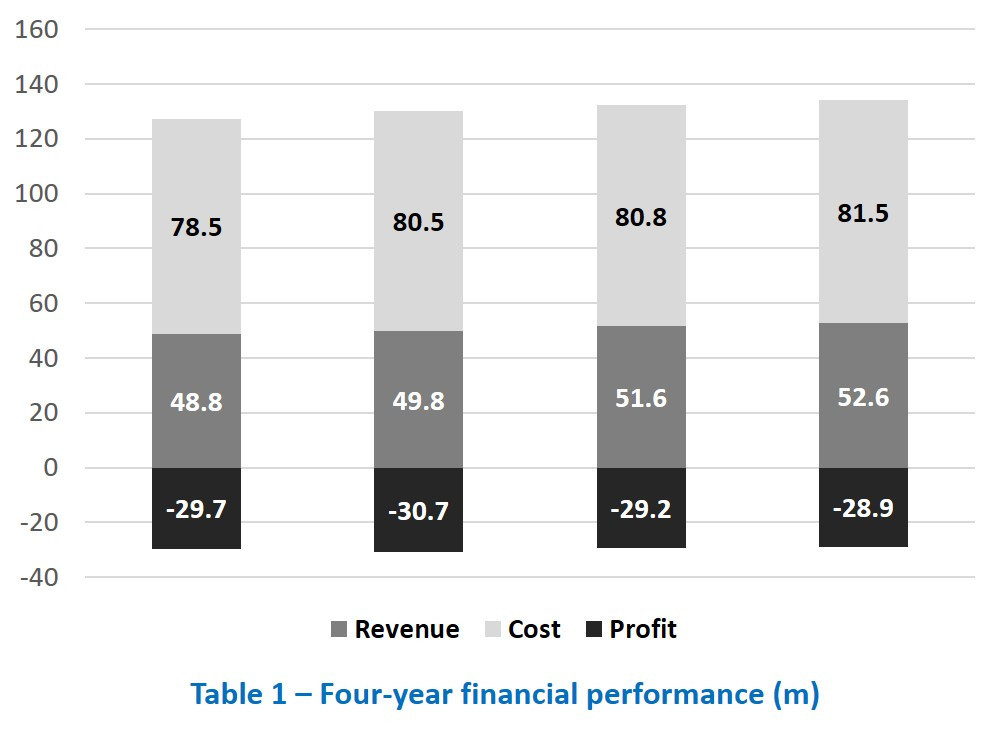Universal TV
7.4k
Times solved
Intermediate
Difficulty
Our client is a Canadian TV company, Universal TV. They recently entered the US market in the northeast to expand its market share and capture a large part of the 4 m consumers in a market that has little competition. However, in the past few years, Universal TV has been unable to realize a profit.
You are hired to figure out why this is the case and what their next move should be.
Case Comments
7.4k
Times solved
Intermediate
Difficulty
Do you have questions on this case? Ask our community!



